For the past few days I’ve been doing some digging and tweaking. I’m very familiar with the Legacy effects – before owning a Helix I used an M13 and AMPLIFi 150, so I’m well acquainted with them – but Helix has many new effects I’ve never tried so I didn’t really consider using the Legacy effects.
So after spending some time diving into the Legacy folders I resurfaced with a few of my favorite new-old stock distortion blocks…
CLASSIC DIST (PROCO RAT)
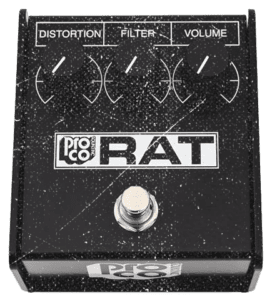
For the eight years I had my M13 the Classic Dist was my go-to distortion. It’s a versatile distortion that goes from a nice overdrive to a gritty metal crunch with lots of variety via the “filter” parameter. I’ve used this distortion for everything from hard rock/metal to church music. It’s never let me down!
FACIAL FUZZ (ARBITER FUZZFACE)
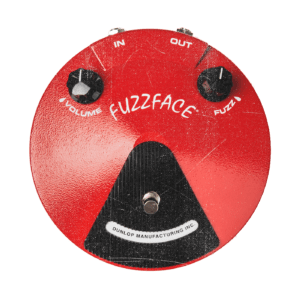 I like both the Arbitrator Fuzz and the Legacy Facial Fuzz for different reasons and applications. The Arbitrator does a great job at getting those wild and chaotic fuzz tones. Overall it’s a bit brighter and harsher than the Facial Fuzz. Which has me relegating the Arbitrator to the “specialty effects” category. However, I really like the warmth of the Facial Fuzz but what I like most is that you can tame it a bit more with a lower gain setting. Even with the Arbitrator Fuzz at the lowest gain setting you would still need to roll back your guitar’s volume knob to clean up the fuzz.
I like both the Arbitrator Fuzz and the Legacy Facial Fuzz for different reasons and applications. The Arbitrator does a great job at getting those wild and chaotic fuzz tones. Overall it’s a bit brighter and harsher than the Facial Fuzz. Which has me relegating the Arbitrator to the “specialty effects” category. However, I really like the warmth of the Facial Fuzz but what I like most is that you can tame it a bit more with a lower gain setting. Even with the Arbitrator Fuzz at the lowest gain setting you would still need to roll back your guitar’s volume knob to clean up the fuzz.
COLORDRIVE (COLORSOUND OVERDRIVER)
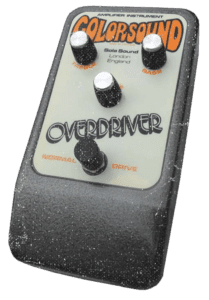 The Colordrive distortion is a bit more of a specialty distortion that does a thing and does it well (think, that half-cocked Wah, nasally filtered sound). In the past I would use it occasionally when a song called for it or I was just trying to get something a bit different. It was by no means a staple of my sound but a fun “distortion effect” nonetheless.
The Colordrive distortion is a bit more of a specialty distortion that does a thing and does it well (think, that half-cocked Wah, nasally filtered sound). In the past I would use it occasionally when a song called for it or I was just trying to get something a bit different. It was by no means a staple of my sound but a fun “distortion effect” nonetheless.
Using the Colordrive distortion block with the Helix, however, is pretty amazing. Yes, you still get that great Colorsound sound but now you have the fun of experimenting with TONS of different amp and cab combinations (all of which cause the Colordrive to react differently). I’m currently using it with the gain around 35%, just enough for a little grit but not a ton of that filtered sound.
CONCLUSION
The Line 6 Helix offers so many new and different options that it’s easy to forget about all the great effects they’ve created in the past. Don’t sleep on ‘em! Start experimenting with all of the awesome Legacy effects right away!

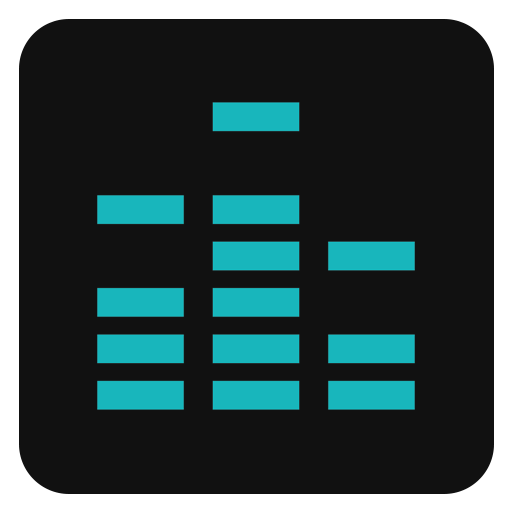
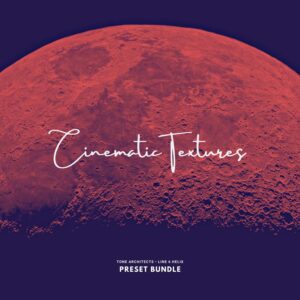
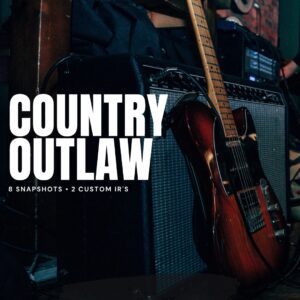
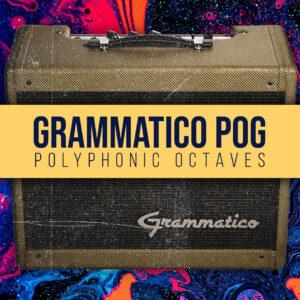
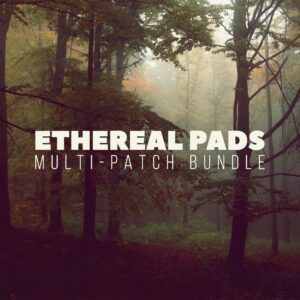
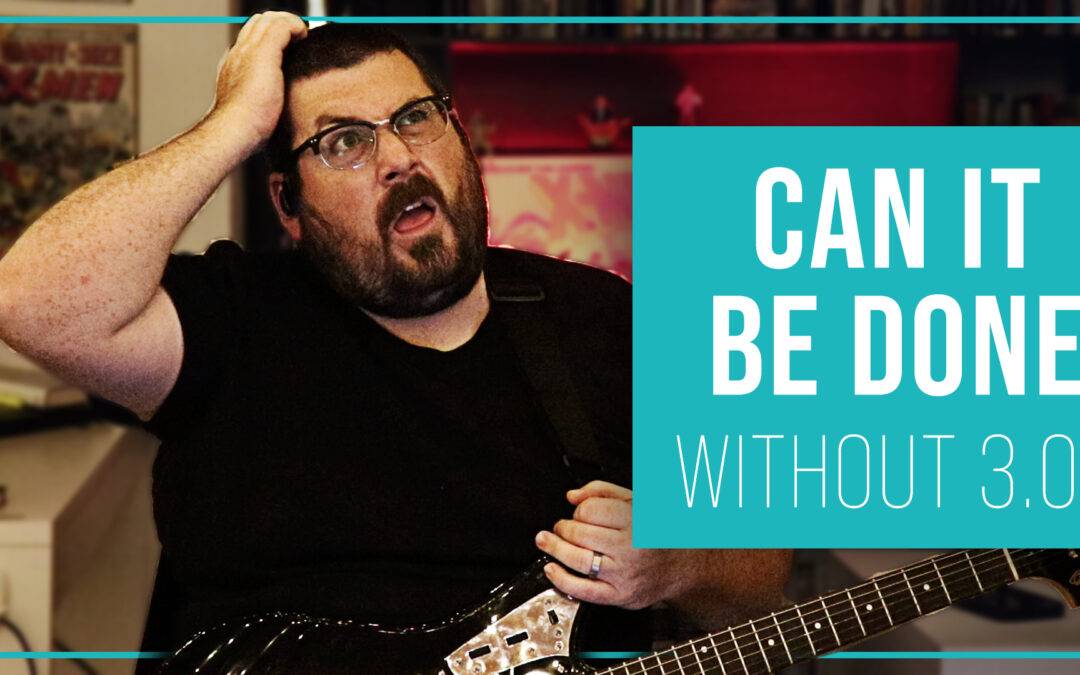
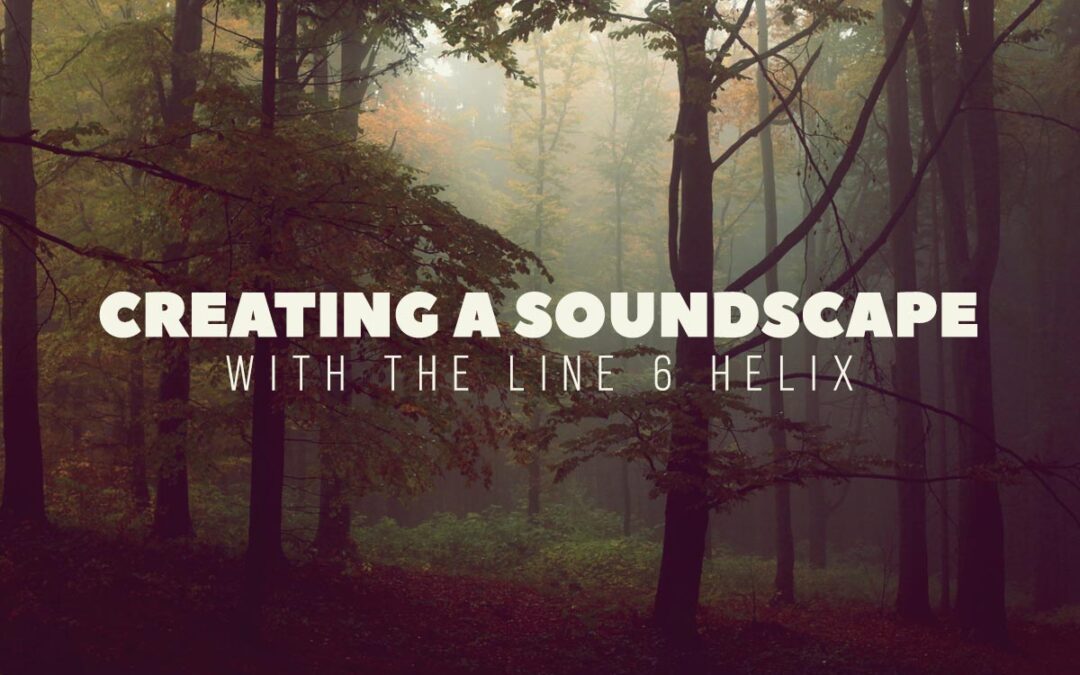
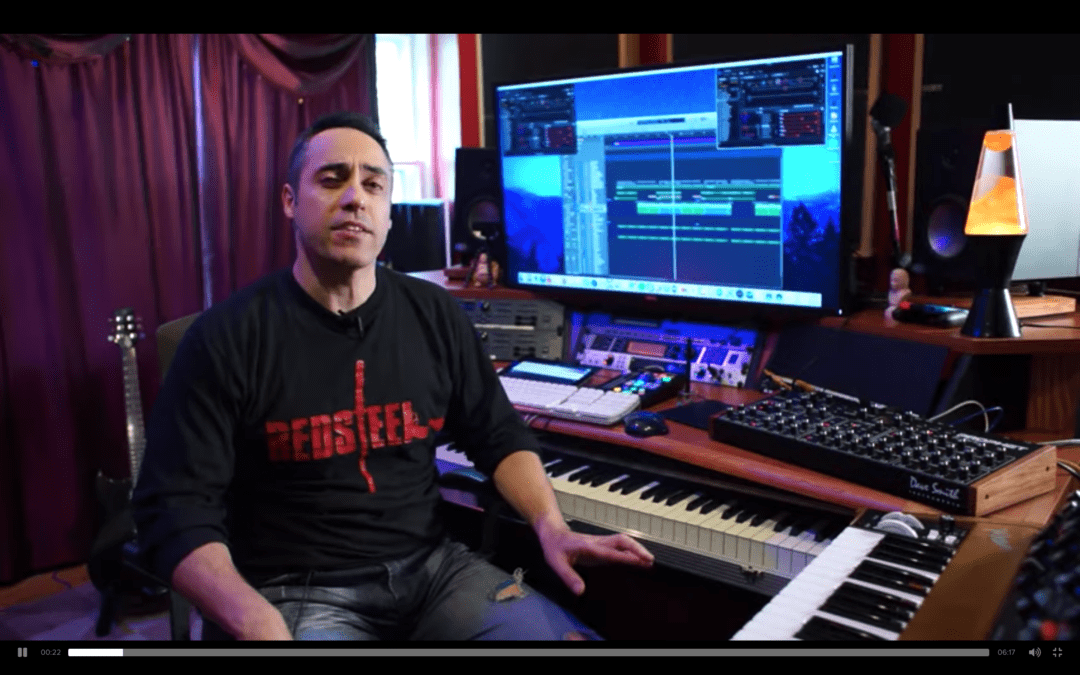
0 Comments